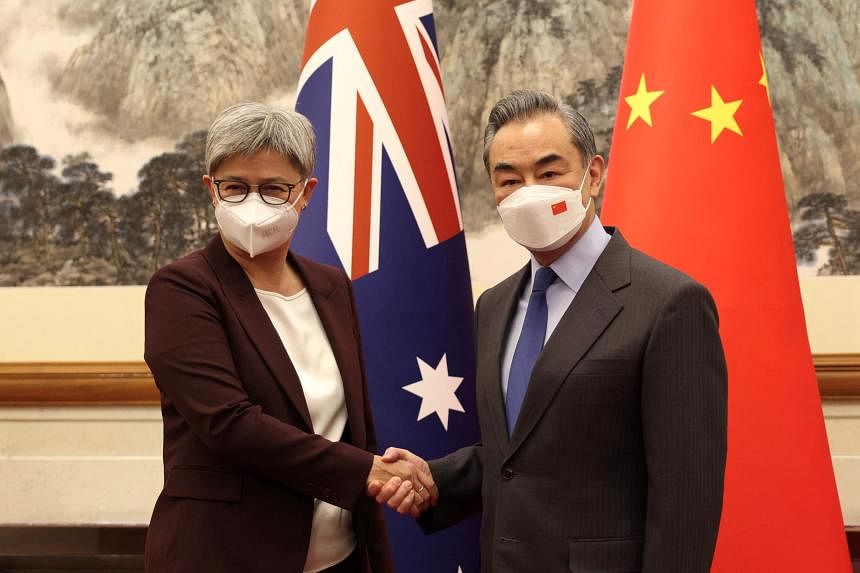Australia and China are speaking again. Just before Christmas, Australian Foreign Minister Penny Wong made a flying visit to Beijing for talks with her Chinese counterpart Wang Yi. Her visit marked the 50th anniversary of the establishment of diplomatic relations between the two countries. But much more importantly, it marked the easing of a freeze in diplomatic ties which began three years ago, which saw ministerial-level contacts suspended and major bans imposed on important Australian exports to its largest trading partner by far.
This has posed one of the most difficult challenges in the history of Australian foreign policy, and Ms Wong’s visit was therefore a notable diplomatic triumph for Australia’s new Labor government, elected in May last year. But nothing fundamental has changed. The deep questions about how Australia navigates the new era of Chinese power, which were the ultimate cause of the diplomatic stand-off, remain to be answered.
Already a subscriber? Log in
Read the full story and more at $9.90/month
Get exclusive reports and insights with more than 500 subscriber-only articles every month
ST One Digital
$9.90/month
No contract
ST app access on 1 mobile device
Unlock these benefits
All subscriber-only content on ST app and straitstimes.com
Easy access any time via ST app on 1 mobile device
E-paper with 2-week archive so you won't miss out on content that matters to you


